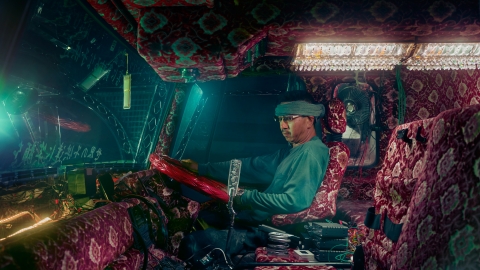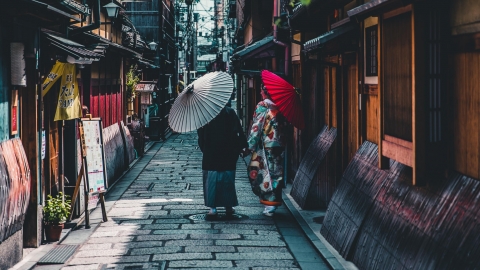Geisha - Artists of the cherry blossom country
Geisha (Japanese: 芸者) according to Sino-Vietnamese pronunciation is "nghe gia", meaning a person of art. Bushido culture has contributed to the birth of Geisha culture. Bushido is a perfect ethical system, they have a set of unwritten rules that the warriors (Samurai) are required to follow: loyalty, integrity, fairness, nobility, chivalry... As one of the noble and respected classes in Japan, the Samurai have a disciplined but also elegant lifestyle: they often use swordsmanship, elegant music, calligraphy, wine, flower, tea... as entertainment. They prefer to enjoy the service of women in the form of healthy culture suitable for the soul of a warrior, not in the form of simple sexual service. That need for elegant entertainment led to the birth of Geisha.


There is a rather surprising fact, the first real Geisha in Japan was male, appearing around 1730. Only about 20 years later, female Geisha began to officially appear in the form of an Odiko (踊り子- dancer) and shamisen player, they immediately quickly took over the profession, dominating it by 1780.

Some people have a wrong view of Geisha when they think that Geisha are prostitutes who specialize in providing sexual services. This is a very wrong stereotype. Geisha are simply people who talk, serve wine and serve art. They are very different from Orian (high-class prostitutes, only serving nobles or people of status) or ordinary prostitutes. In fact, it can be said that Geisha are artists who pursue the art of performance and behavior through a rigorous training process that lasts no less than the training process of a physician.

The Journey to Becoming a True Geisha
To become a real Geisha, it is not enough just to have a beautiful appearance, girls also have to practice harshly from a young age. At around 10 years old, girls will be sent to a specialized Geisha training school (later, the age was raised to 14-15 due to changes in Japanese labor law in 1950).
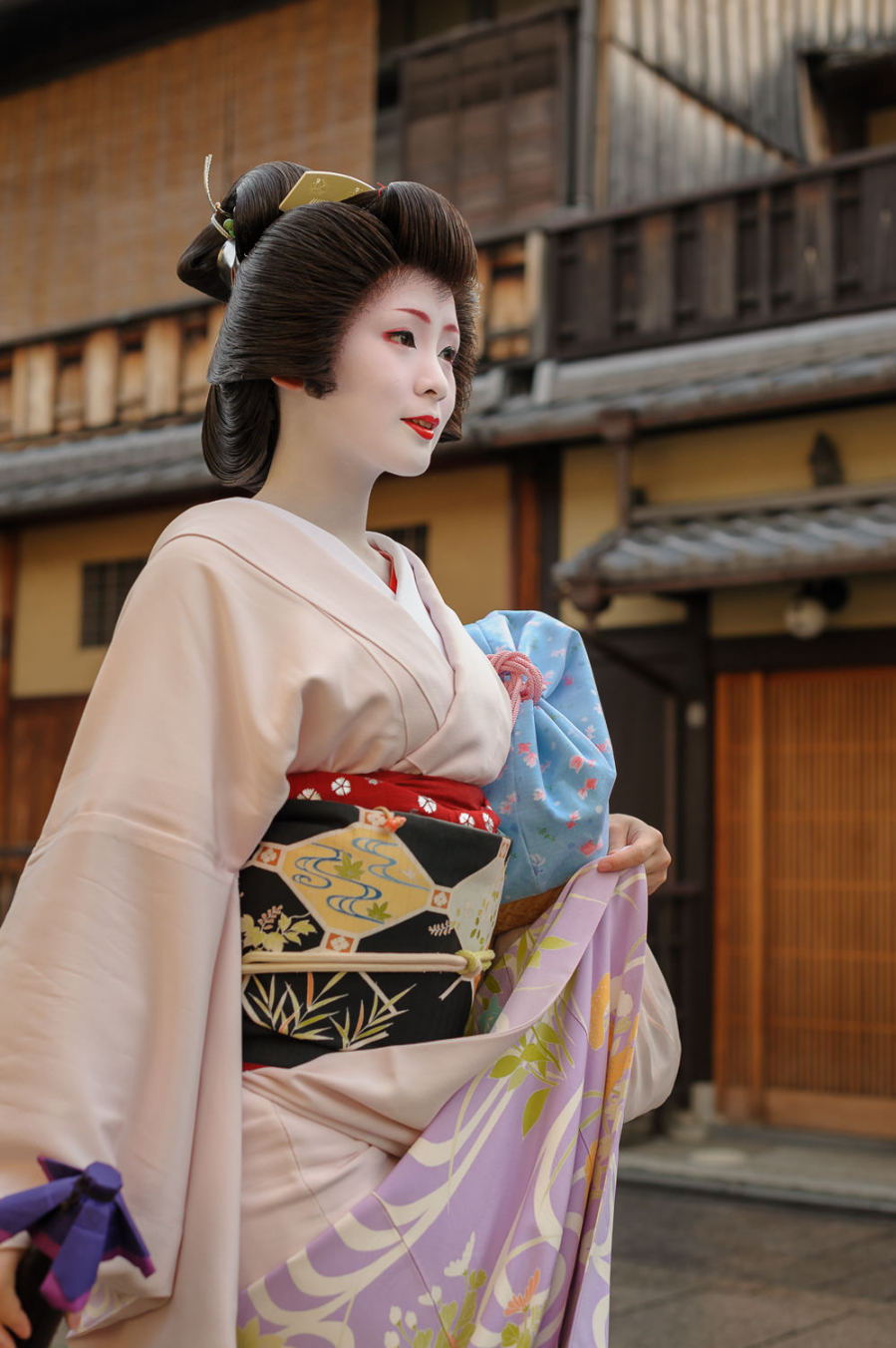
After entering the school, the new apprentices live in what is called an okiya (屋) - a type of inn for women only owned by a mistress called an okāsan (literally meaning mother) and other servants. Here, the okāsan is the one who will pay all the expenses for the apprentice including: clothes, tools, food, housing and training programs...; which means that before becoming a Geisha, the girls have to carry a huge debt. When becoming a Geisha, the first thing they must do is to repay all of this huge debt, after paying off the debt, they will have complete freedom.
After entering the okiya, the girls will be considered a Shikomi and must work as a maid at the okiya. The main job of the Shikomi is to help other Geisha and Maiko dress... - but at the same time, the Shikomi will also be gradually trained, forming a neat and proper lifestyle. For example: adjusting to wear traditional yukata as normal clothes. Next, they will be enrolled in a very strict training and practice program. The girls must learn how to behave, arrange flowers, make tea, dance, sing, talk, serve alcohol, and play a series of traditional musical instruments such as kotsuzumi, shimedaiko, shamisen and fue... After about half a year, the Shikomi will be officially trained, at this time, they are called Minarai.
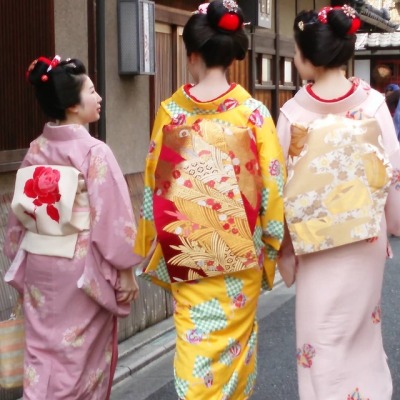
During this time, the Minarai must find themselves a mentor Geiko (another term for Geisha), whom the girls will call onsan (elder sister), who can take them along to ozashiki (parties in traditional tatami rooms) so they can observe how their mentor and other Geisha interact with customers. This way, once the apprentice completes her formal training, she will have some real-world experience, build goodwill, and get to know potential customers.

A Minarai's training begins a few months before she becomes a Maiko (apprentice Geisha). But even after becoming a Maiko, the girls will continue to learn by attending events with their elder mentors, and also continue to train in the classical arts. After becoming a Maiko, it takes a long period (up to several years) for the girls to finish their training and graduate as a full-fledged Geisha.
It can be seen that to become a real Geisha is a difficult and arduous process. The girls have to put in a lot of effort to practice, to practice fluently, naturally and skillfully. That is why in Japan, Geisha is highly respected, even for a long time, Geisha has become a model of beauty, elegance and grace that all women in the Land of the Rising Sun want to aim for.
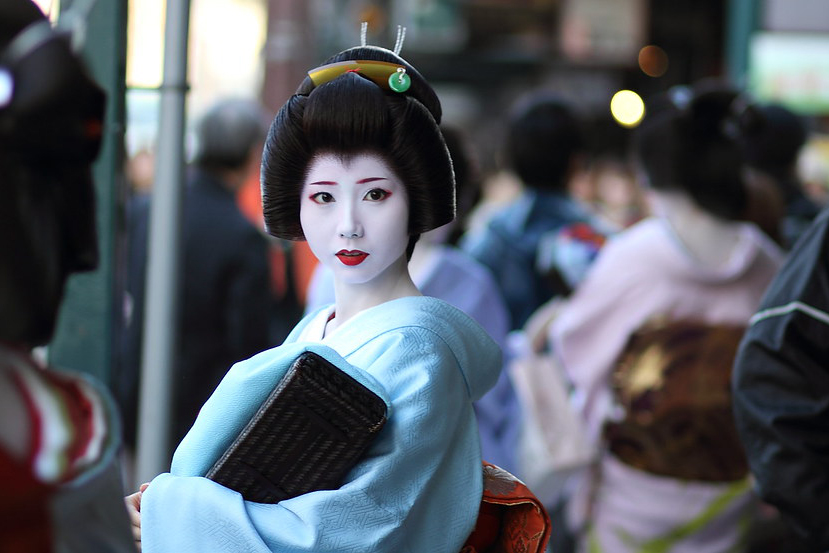
The Truth About Geisha
The popularity and appeal of Geisha increased rapidly, and it was only when Japan entered World War II that the popularity of Geisha began to wane.

During the same period, the defeat in World War II caused the whole of Japan in general and Geisha culture in particular to be shaken. Most of the Allied soldiers or Western journalists and media in Japan at this time had a wrong view of Geisha, they equated Geisha with ordinary prostitutes. Although Geisha's duties often included flirting and provocative banter (although coded in traditional ways), they did not have sex with customers and were not paid for it. However, some Geisha may decide to have a relationship with one of their patrons or patrons outside of their working hours as Geisha.
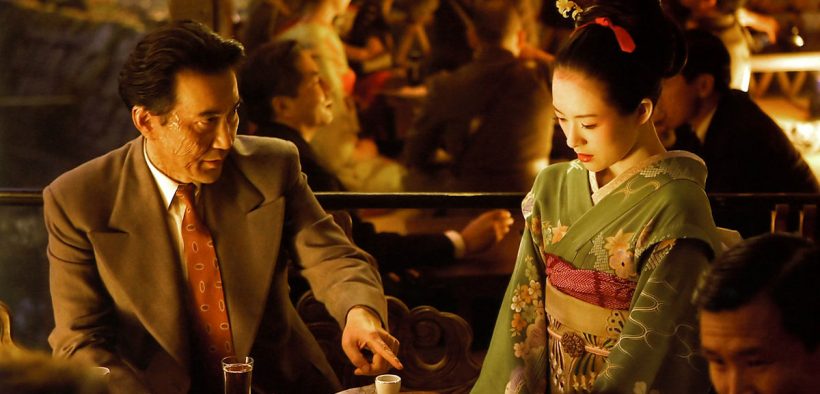
Or like in the famous work “Memoirs of a Geisha”, the writer Arthur Golden portrayed the image of a Geisha being led by men and money, which is completely wrong. As said, for the Japanese, Geisha is like an artist or a performer, it is a respectable profession and like any profession you pursue in life that you are passionate about, you do it because you love it while also making a living from it. The charm and charisma of Geishas are naturally exuded when they are performing or talking to customers and because their customers are mainly men, many people mistakenly think that their job is to pursue and charm men.
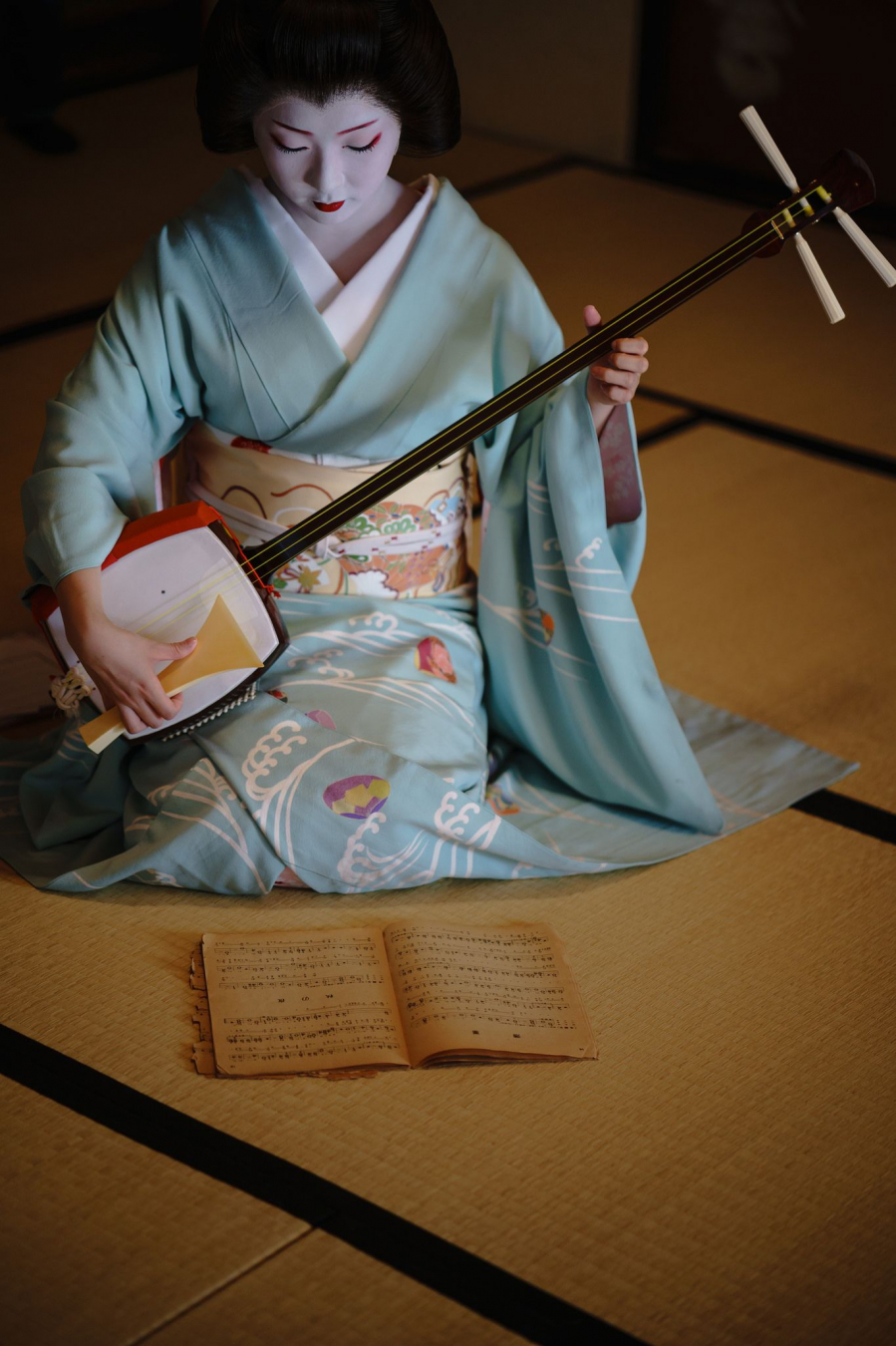
Geisha in modern times
Today, in modern Japan, the number of Geisha has greatly decreased compared to the pre-World War II period due to exclusivity, high prices and traditional appearance. There are currently about 1,000 Geisha across Japan, most of whom usually attend meetings at tea houses and ryoutei (a type of fancy Japanese restaurant).

Faced with the reality that Geisha culture is gradually shrinking, many places in Japan are trying to maintain this unique culture, especially in Kyoto. This place is considered the area that maintains the strongest Geisha culture today. Most of the veteran Geisha will gather here and that has made Kyoto the most worthy area for tourists who love Geisha culture to come and experience.

However, the cost of meeting, having a private dinner at a ryoutei and admiring the dances and playing skills of a Geisha is quite expensive, about 100,000 yen or more. Because of that, some restaurant groups, hotels, tea houses have started to organize public performances at a price of about 4,000 yen per person. This service will help visitors save a lot of money.
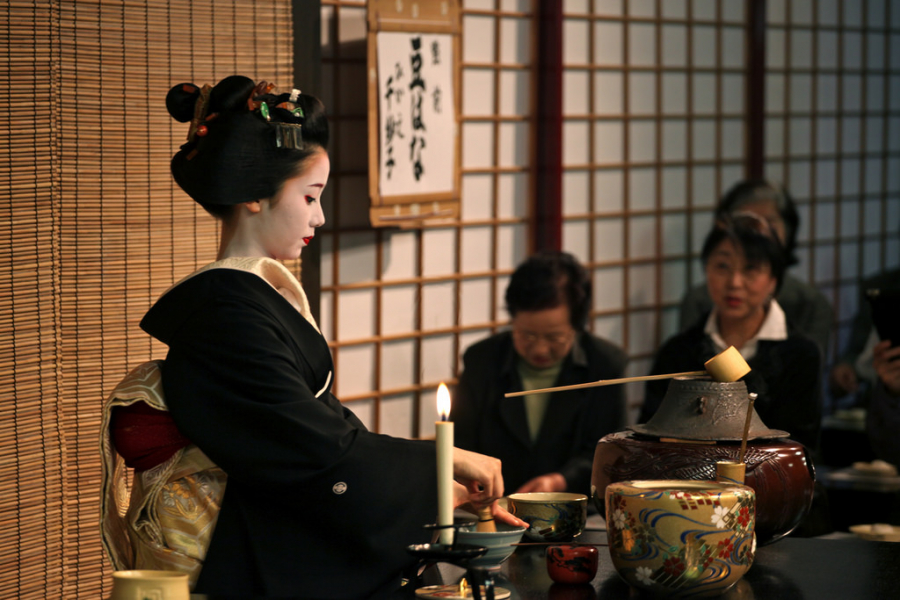
Today, Geisha still live in traditional Geisha houses called hanamachi (flower town); however, due to changes in the social landscape, the principles and traditions of the Geisha industry have also changed somewhat. Unlike traditional Geisha, girls who want to become Geisha today often start their training after completing high school or university, and many women even start their Geisha career in adulthood. Although there is a difference in the age of apprenticeship, the curriculum of modern Geisha has not changed much. The biggest difference in this program is that when starting out, girls will no longer have to run errands, but instead will learn how to choose kimono, accessories and conduct. In general, although the number of Geisha in modern times has decreased significantly compared to the past, with their talent and efforts, modern Geisha are still talented traditional performing artists and masters of the art of behavior in the land of the rising sun.





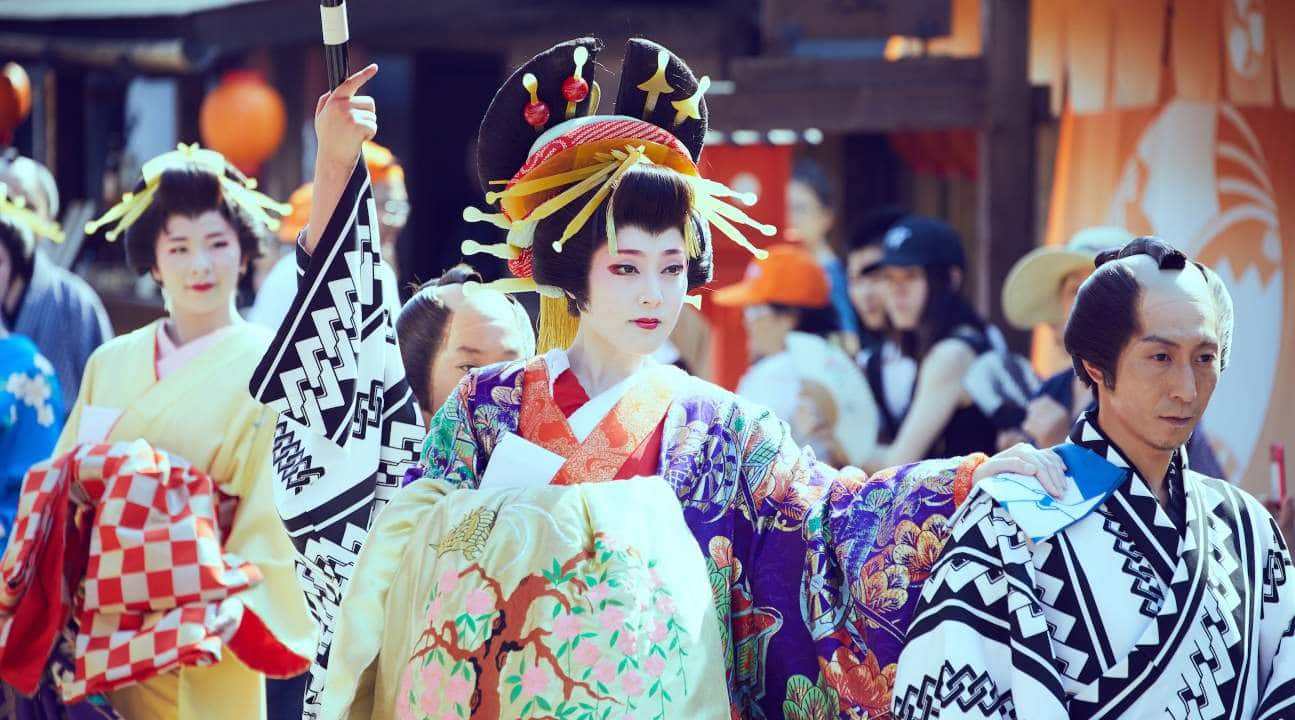








.JPG.JPG)










